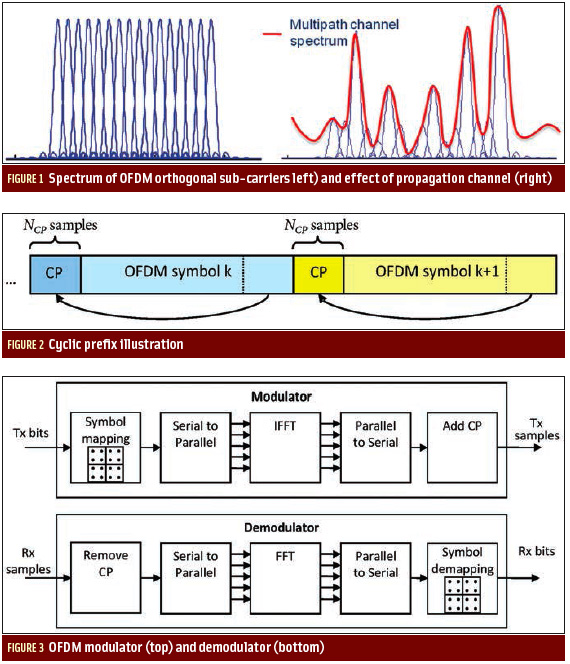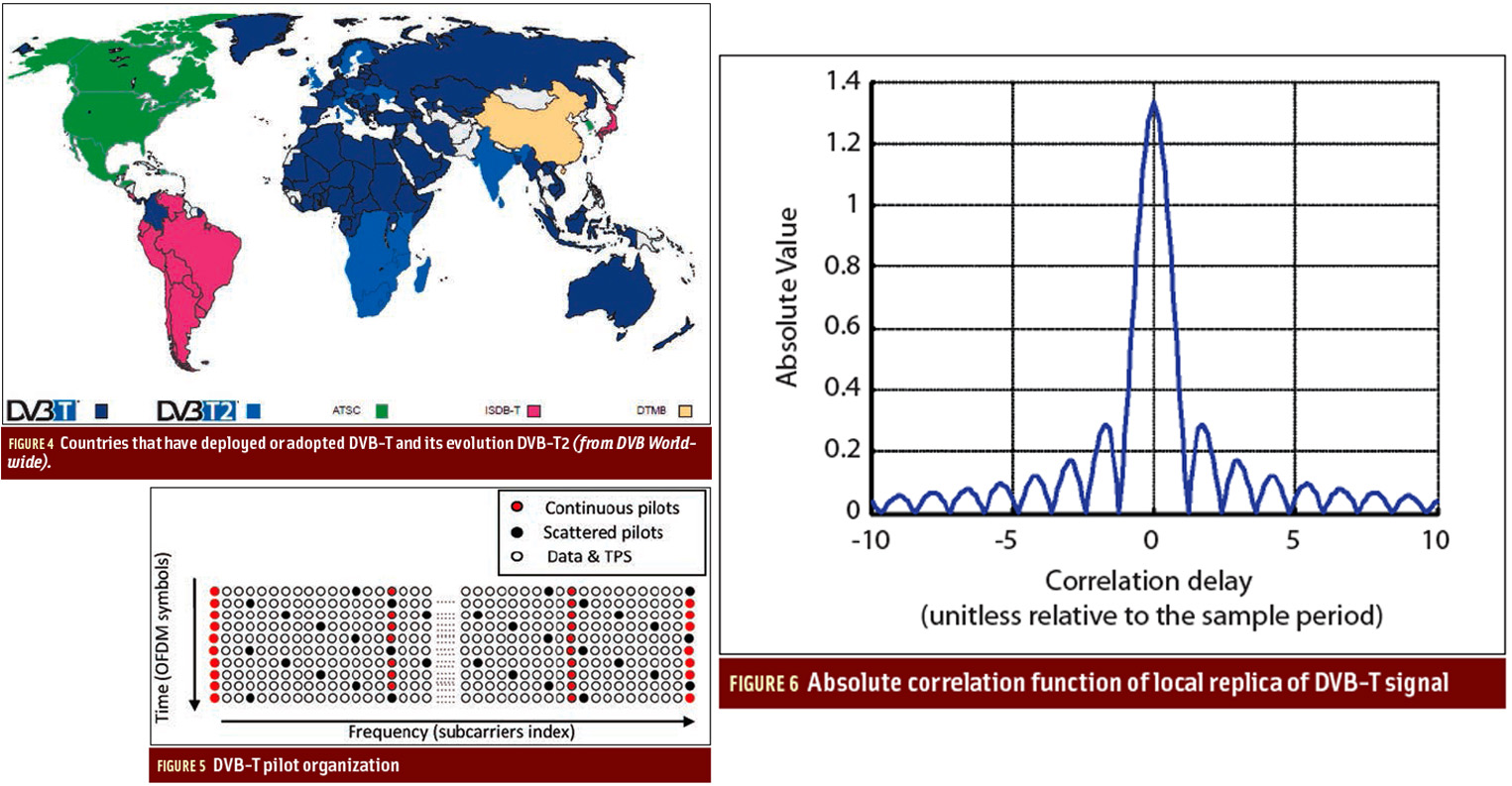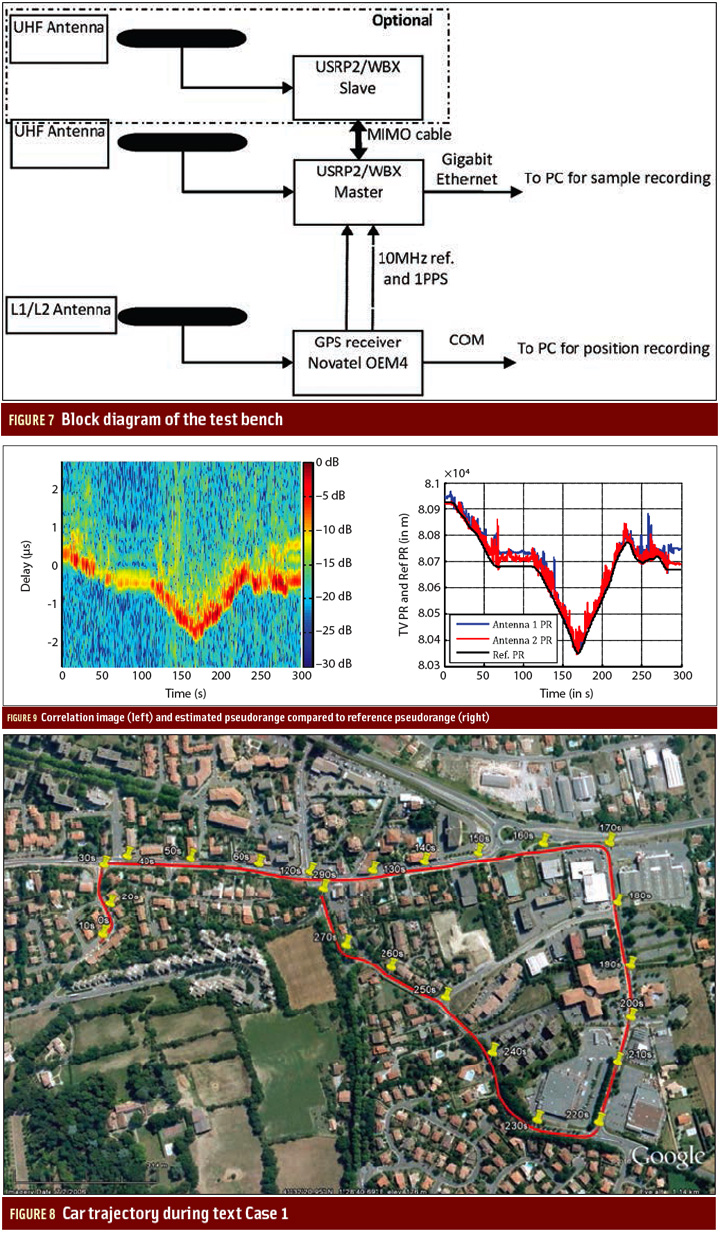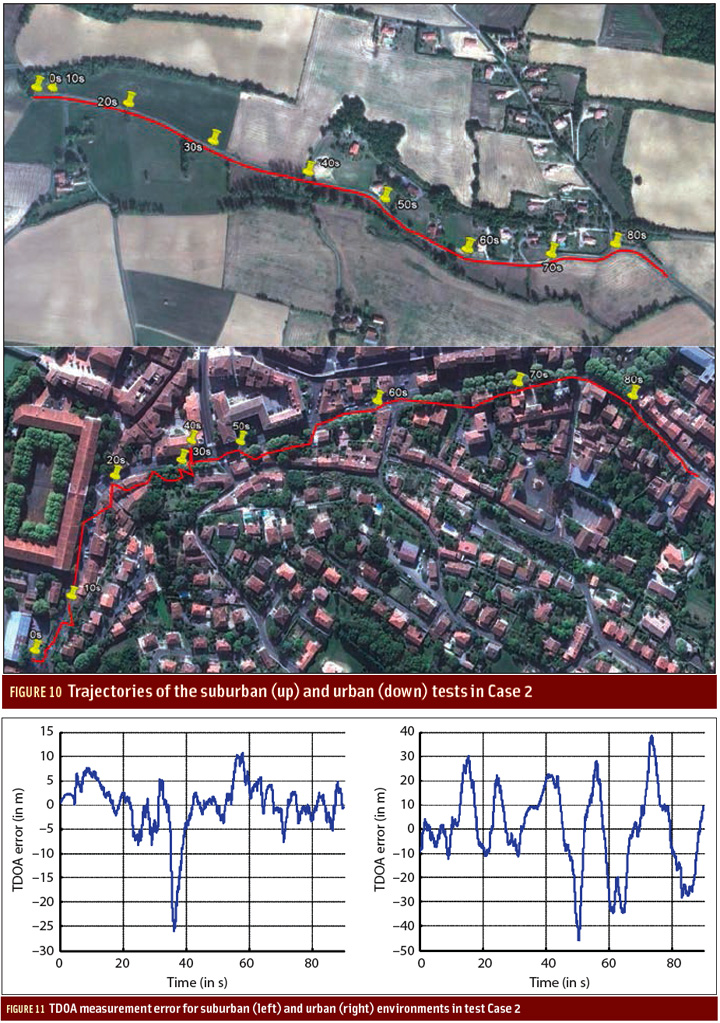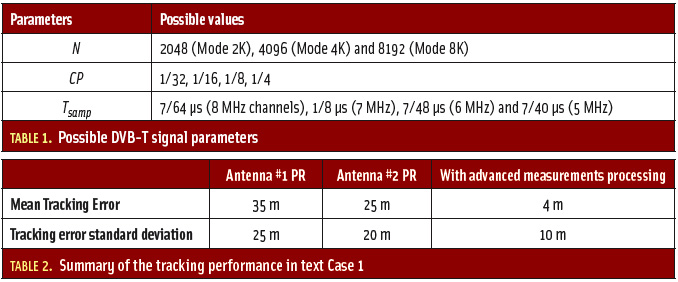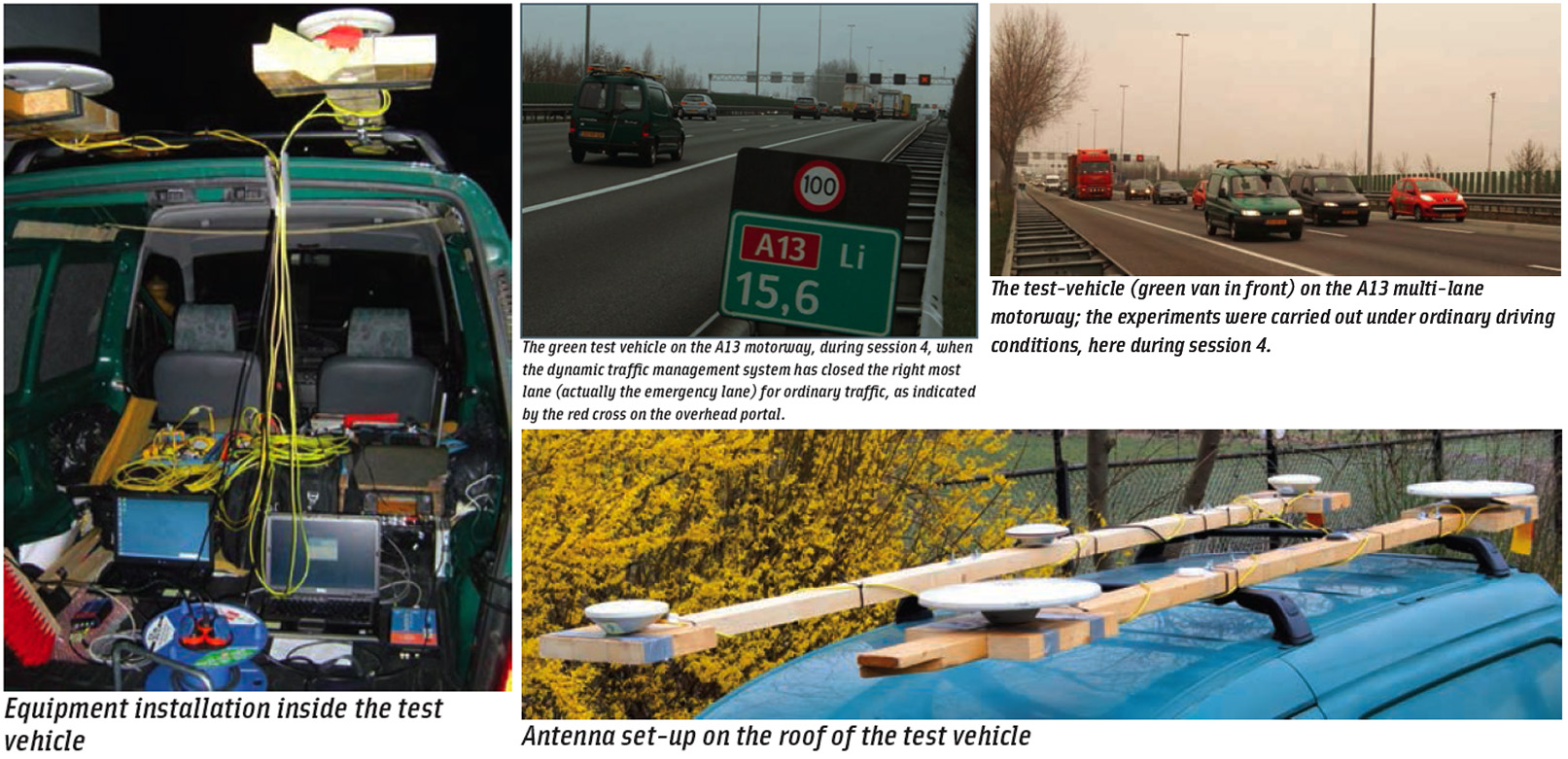The Year’s Top Stories from Inside GNSS
If the readership of insidegnss.com news is any indication, 2011 was the year of LightSquared.
Articles about the would-be wireless broadband company that wants FCC approval to set up a terrestrial network transmitting on frequencies next door to GPS and other GNSS L1 signals garnered the most page views on our website for 6 out of 12 months.
By Inside GNSS


